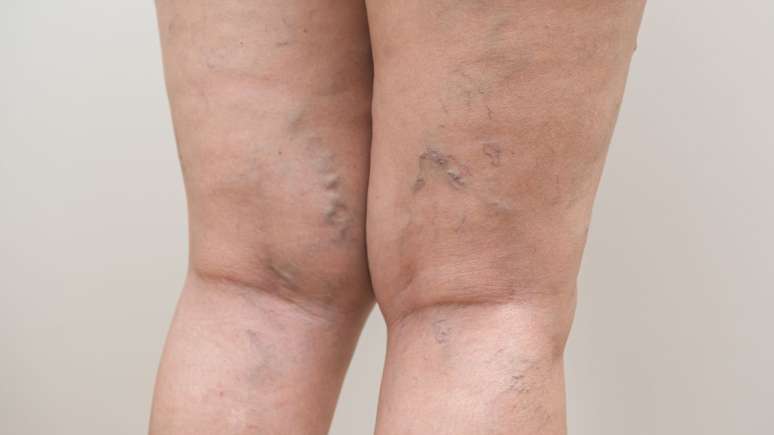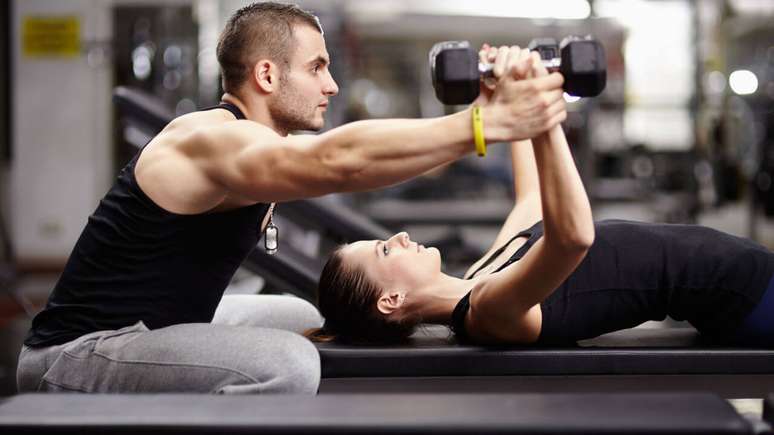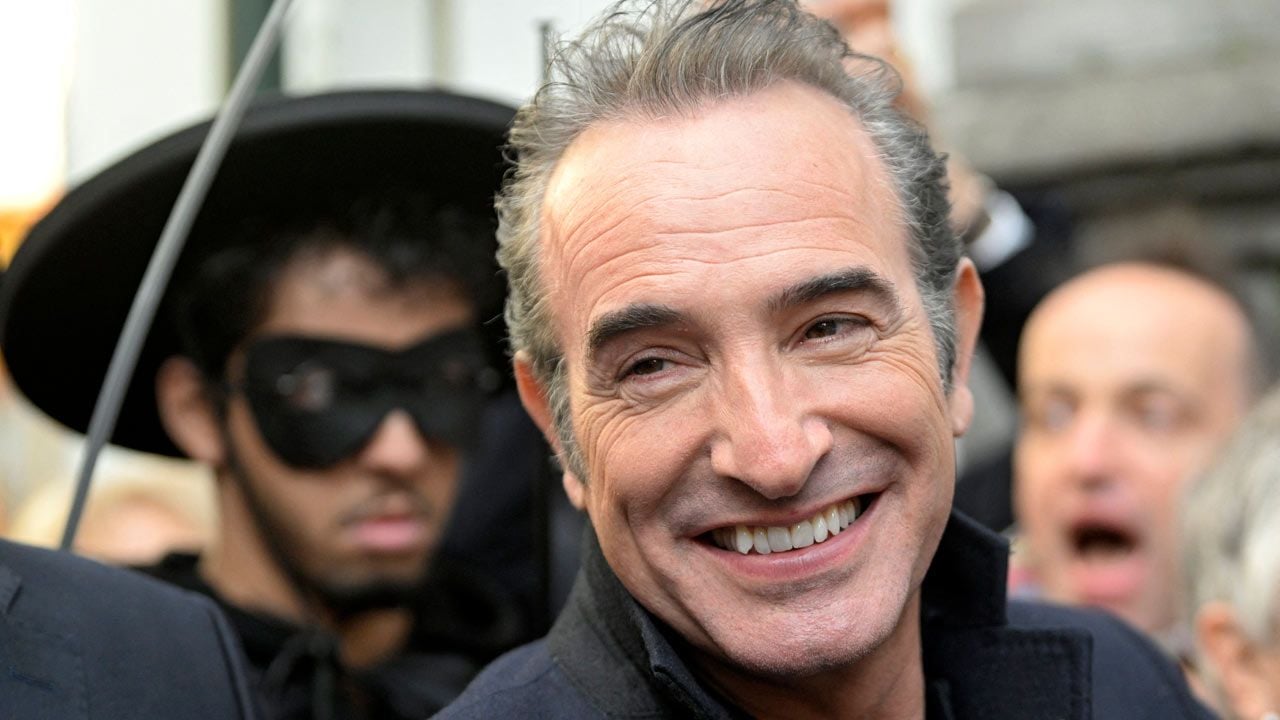If not treated properly, varicose veins can cause discomfort and lead to more serious complications.
To the varicose veins affect a significant portion of the Brazilian population. According to data from the Brazilian Society of Angiology and Vascular Surgery (SBACV), varicose veins affect 38% of the population, being found in 30% of men and 45% of women.
While many consider varicose veins to be a cosmetic issue, the condition goes beyond that, says vascular surgeon Fábio Rocha. “If not treated properly, they can cause discomfort to the patient and lead to complications in the future,” he explains.
According to him, one of these complications is chronic venous insufficiency, which occurs when varicose veins do not allow blood to return to the heart. This accumulated blood leads to darkening of the leg and the formation of wounds. In addition, varicose veins are also risk factors for thrombophlebitis and deep vein thrombosis (DVT).
“Pulmonary embolism is caused by the migration of a thrombus from the venous system to the lung. This occurs when there is deep vein thrombosis in the lower limbs. One of the risk factors for DVT is the formation of varicose veins,” advises the vascular surgeon.
If not treated properly, pulmonary embolism can block the arteries in the lungs, causing the patient to have difficulty breathing and potentially leading to death. Other problems associated with varicose veins include bleeding (varicorrhagia), which can damage the skin and requires immediate medical attention, and bruising, which weakens the vein wall.
What are varicose veins?
Varicose veins are dilated and tortuous veins, which appear under the skin and affect the lower limbs. This occurs when the veins responsible for returning blood to the heart begin to lose elasticity and dilate, accumulating blood inside them.
The cause of varicose veins is multifactorial, that is, it is caused by several factors. Among these factors, the doctor highlights:
- Family history;
- Women;
- Old age;
- Immobility (such as working for long periods standing or sitting);
- Gestation;
- Obesity.
Symptoms
Symptoms of varicose veins range from asymptomatic conditions to complaints of severe pain by patients. One of the most common complaints is pain and feeling of tiredness in the legs.
“Usually these pains appear at the end of the day, that is, the patient wakes up well, but after sitting or standing for a while she begins to feel discomfort. In the case of women, the pain intensifies even more in the premenstrual period,” explains the expert.
He adds that another recurring symptom is itching or tingling in the lower limbs. However, it is important to highlight that this sign is also common in other conditions.
“There are also aesthetic signs that affect both men and women, in which the skin presents spots due to dilated veins. Over time, these spots increase in size and can affect the entire ankle and feet,” says Fábio Rocha.
How to prevent varicose veins?
Varicose veins are caused by several factors and can cause many more problems than just the aesthetic impact. However, some attitudes help to minimize the risk of the disease. Here are some:
Do physical activities
Exercising at least twice a week helps keep circulation active and strengthens leg muscles, promoting venous return.
Drink water
Drinking water is essential to maintain the proper functioning of the circulatory system. In addition, optimal hydration helps to thin the blood, reducing pressure in the veins and preventing the development of varicose veins.
Follow a balanced diet
Maintaining a healthy diet is essential to prevent any type of disease. Also, maintaining body weight is important, as it creates less overload on the legs, without damaging the veins.
Use elastic socks
Nowadays, there are various socks on the market that prevent heat accumulation in the leg and facilitate blood circulation. However, it is not necessary to wear long socks. A ¾ sock is enough to prevent varicose veins.
Try not to stay in the same position for too long.
Staying in the same position for long periods of time compromises circulation. For example, those who work sitting all day must find ways to alleviate the situation.
Avoid smoking
Smoking is one of the risk factors for a person to develop varicose veins. Nicotine is a substance that increases the viscosity of the blood, making it difficult to pump it to the heart.
Source: Terra
Ben Stock is a lifestyle journalist and author at Gossipify. He writes about topics such as health, wellness, travel, food and home decor. He provides practical advice and inspiration to improve well-being, keeps readers up to date with latest lifestyle news and trends, known for his engaging writing style, in-depth analysis and unique perspectives.







![A more beautiful life in advance [SPOILERS] A more beautiful life in advance [SPOILERS]](https://fr.web.img2.acsta.net/img/90/2d/902d777a1341c7bc0507675575d75b53.jpg)
